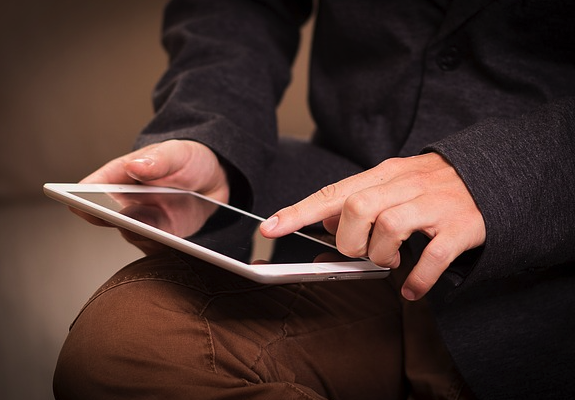Why touch is less
It is now almost 10 years ago that I asked a friend to bring me an iPod Touch along when he was visiting NYC. I was thrilled and curious to see this new interface Apple did introduce with iOS. Since then, smartphones and tablets are everywhere and the touch-interface is here to stay.

Even the surface of my mouse features a touch interface by now and getting back to my scroll wheel mouse at work is always a pain.
The question that will arise is whether or not touch devices will completely replace the traditional desktop interfaces we got used to the last 30 years.
Interestingly the makers of Windows and MacOS X seem to have different opinions on this.
Whereas Windows10 advertises Continuum, a functionality that lets you use your (high end) Windows Phone as a Desktop (?) computer and vice versa (?), Apple starts to align app functionality between MacOS X and iOS without pushing one interface upon both worlds (Desktop and Touch) or mixing both words to one product.
I couldn’t really argue very much why the one or the other way would be preferable, other than that a touch screen for a laptop seems an odd choice, as you constantly hide content with the touching hand …
After having used Mondrian on a 70” Sharp touch panel at work, I more clearly understand why Apple still goes two separate ways.
| Function | Desktop | Touch |
| Click | yes | yes |
| Click & Drag | yes | yes |
| Mouse Over | yes | no |
| Range Selection (Shift-Click) | yes | no |
| Item Selection (Ctrl-Click) | yes | no |
| Right Click | yes | maybe |
| Precise Click | yes | no |
| Pinch to Zoom | no | yes |
Above table (certainly not exhaustive) clearly shows that a lot of functionality (not to mention the keyboard) is lost when going from the desktop interface to a touch interface. For most (trivial) interactions resp. apps, we can live with this simplification, but when it comes to productivity software, touch is just inferior. That’s fine (and wanted) for my smartphone and tablet, but a problem for my laptop or desktop.




Your chart is somewhat incomplete… Touch is catching up. With Apple’s “3D Touch” we now have a light touch that acts as a click or start-of-selection and a forceful touch that acts like a Shift-click, control-click or right-click. Precise clicking is also supported (I’d call it a “maybe” in your chart) by holding a tap that brings up a zoomed widget, for example, to move a slider by a slight amount. We also have the ability to roll the finger during a touch to move by medium distances (less than sliding the finger, more than the aforementioned precise click), and that’s not available on the desktop at all. A double tap is a start-of-selection (sometimes). You might include in your table the most often used scroll — two fingers simultaneously moved — that is on both platforms; sometimes this is split into horizontal and vertical action by which edge of the trackpad is touched, and other times the gesture is used on the center of the pad.
One thing I absolutely hate is that this is all vendor-specific, so I have to relearn the clicks & gestures when I use multiple devices. We are mimicking the real world gestures, like moving a large piece of paper across a real desk with two fingers so it doesn’t rotate as we slide it, and the mouse needs to die for this real-life activity to become universal. Death to mice!